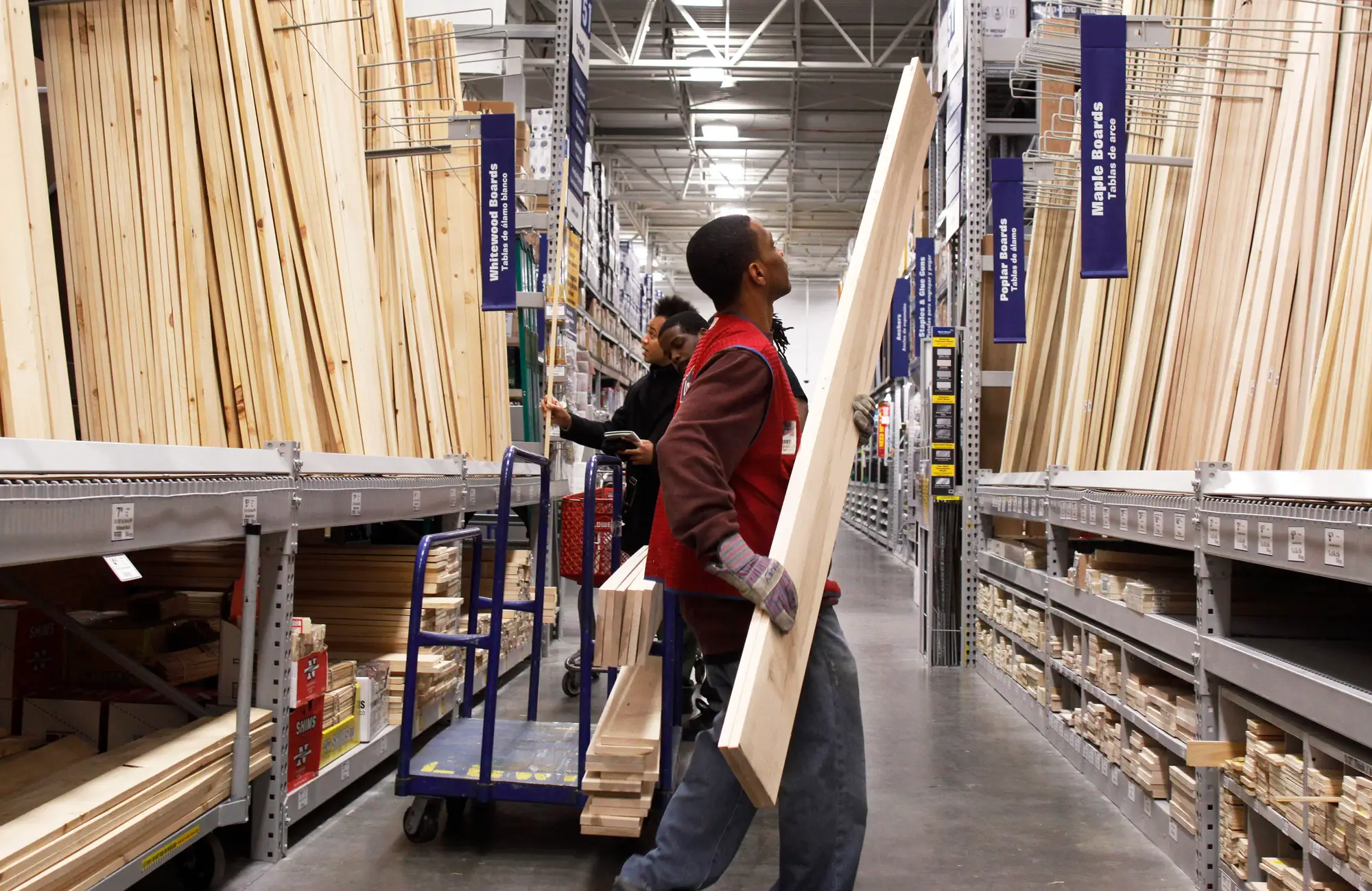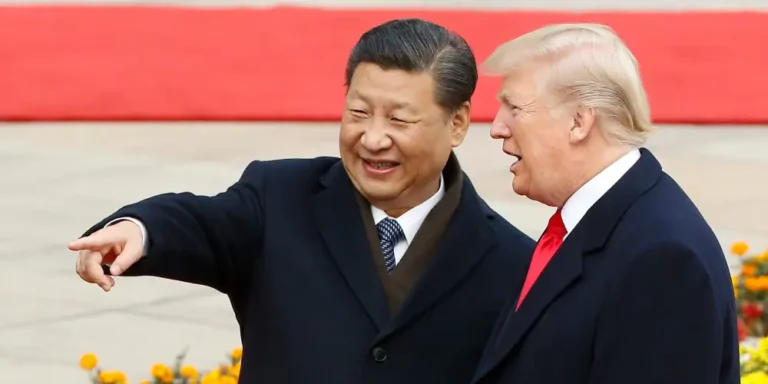Americans are doing less DIY. It’s another worrying sign for the economy.

Large projects represent about three quarters of DIY sales for Lowes.
Play it again, Sam.
A week after Home Depot described American consumers as having a “deferral mindset” about spending, Lowe’s is now humming the same tune about how American homeowners — and by extension the larger economy — are in a strange spot this summer.
Lowe’s CEO Marvin Ellison said the home improvement retailer’s DIY customers are “on the sidelines waiting for some form of an inflection to take place.”
Ellison was speaking on the company’s quarterly earnings call Tuesday, during which Lowe’s lowered its earnings expectations for the remainder of the year, due to the ongoing slowdown in sales for big-ticket discretionary projects.
Large projects represent about three-quarters of DIY sales for Lowes, Ellison said, “so any pullback in these big-ticket discretionary categories is really more of a disproportionate impact to us.”
Both Lowe’s and Home Depot cited high interest rates leading to lower home sales and refinancing activity, both of which are traditional drivers of expensive home improvement projects.
Harvard’s Joint Center for Housing Studies estimates annualized remodeling spending will continue to tick down this year to about $450 billion before edging back up to $466 billion in 2025 as homeowners make upgrades “at a steadier and more sustainable pace.”
With employment levels looking strong, the stock market going gangbusters, and home values at record highs, many homeowners are in remarkably good financial shape.
Some are even splashing out for travel and entertainment, but most are not in a position to shell out big bucks on a new kitchen or bathroom right now when borrowing costs are high.
That’s by design of course — the Federal Reserve raised rates in an effort to tap the brakes on the economy and get inflation under control, which it did.
But as more companies report shaky earnings, it’s clear that the clock is ticking for policymakers to loosen things up a bit and not allow pent-up demand to go dormant. Plus, it takes time for these things to work their way through the system.
“We think the near-term set-up remains tricky,” Truist analyst Scot Ciccarelli wrote in a note on the results. “The negatives (softening fundamentals) will likely be offset by positives (probable rate cuts), but we remain aggressive buyers for medium/longer-term investors.”
Lowe’s, meanwhile, is betting on a rosy future, even if it involves a stretch of difficulty before getting there.
“We’re aggressively working in this downturn,” Ellison said. “Whenever the macro inflection occurs, we just want to be ready to take advantage of it.”





